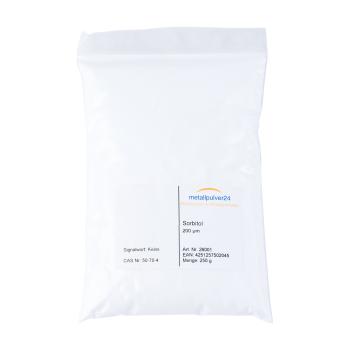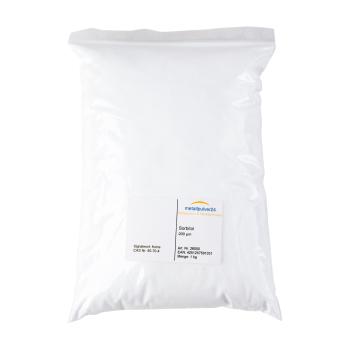- You do not have any products in your shopping cart yet.
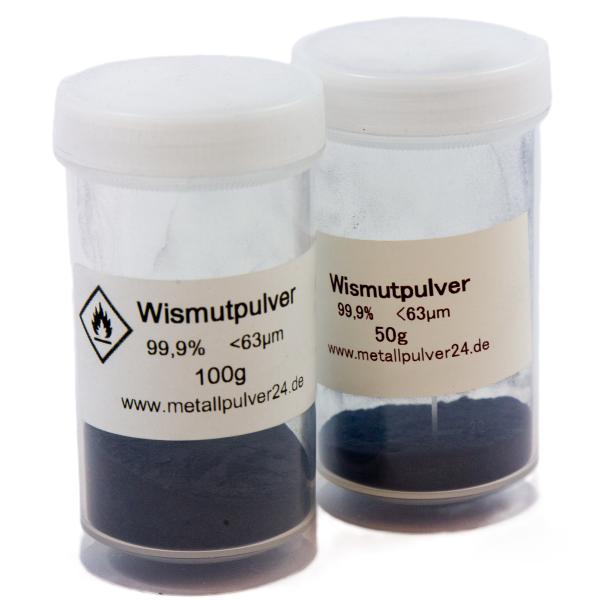
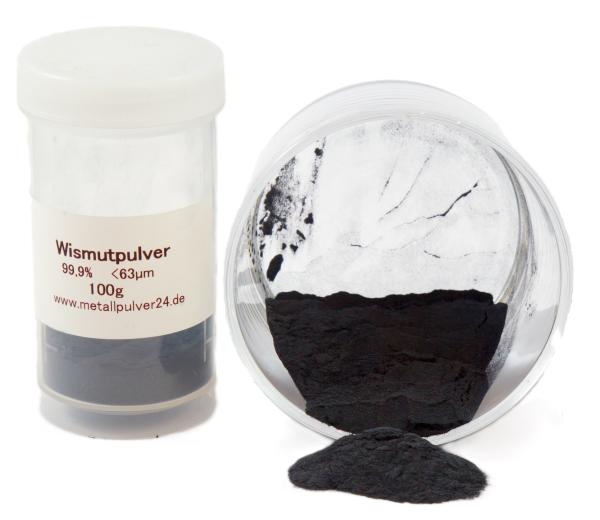
.jpg)


.jpg)
We offer here first-class, tested bismuth powder
The purity is 99,9%.
Isotope 209
The average particle size is <63µm
Unlike bismuth pellets, bismuth powder cannot be melted
It is an impressive metal in many ways
This metal is mainly used as an alloying metal for the production of low melting alloys (lead substitute)
Furthermore this metal has very strong diamagnetic properties
It also has a very helpful property in the production of casting moulds: by increasing the volume during the transition from the liquid to the solid state of aggregation, the sharpness of the contours is influenced in the best possible way
Bismuth or bismuth (obsolete also: bismuth) is a chemical element with the element symbol Bi and atomic number 83.
In the periodic table it is in the 5th main group or nitrogen group
There is no known stable isotope.
However, the extremely low radioactivity of the naturally occurring Bi is of no practical significance
Bismuth is one of the few relatively non-toxic heavy metals (see below), has the strongest Hall effect of all metallic elements (which is typical for a semimetal as well as the poor electrical conductivity of the purest bismuth) and has the strongest diamagnetic property apart from superconductors and pyrolytic graphite
This means that it is pressed out of an externally applied magnetic field
Bismuth chloride oxide (BiOCl) is used as a silvery white pearlescent pigment in cosmetics
Bismuth vanadate is used as a highly weather-resistant greenish yellow pigment and is used, for example, in high-quality paints, emulsion paints for facades, plastics and printing inks Bismuth is also used as a catalyst in the chemical industry
Security alert:
CAS number: 7440-69-9
Customs tariff number: 81061010
Dangers: Not a hazardous product
Storage: tightly closed, dry
Not dangerous goods
The purity is 99,9%.
Isotope 209
The average particle size is <63µm
Unlike bismuth pellets, bismuth powder cannot be melted
It is an impressive metal in many ways
This metal is mainly used as an alloying metal for the production of low melting alloys (lead substitute)
Furthermore this metal has very strong diamagnetic properties
It also has a very helpful property in the production of casting moulds: by increasing the volume during the transition from the liquid to the solid state of aggregation, the sharpness of the contours is influenced in the best possible way
Bismuth or bismuth (obsolete also: bismuth) is a chemical element with the element symbol Bi and atomic number 83.
In the periodic table it is in the 5th main group or nitrogen group
There is no known stable isotope.
However, the extremely low radioactivity of the naturally occurring Bi is of no practical significance
Bismuth is one of the few relatively non-toxic heavy metals (see below), has the strongest Hall effect of all metallic elements (which is typical for a semimetal as well as the poor electrical conductivity of the purest bismuth) and has the strongest diamagnetic property apart from superconductors and pyrolytic graphite
This means that it is pressed out of an externally applied magnetic field
Bismuth chloride oxide (BiOCl) is used as a silvery white pearlescent pigment in cosmetics
Bismuth vanadate is used as a highly weather-resistant greenish yellow pigment and is used, for example, in high-quality paints, emulsion paints for facades, plastics and printing inks Bismuth is also used as a catalyst in the chemical industry
Security alert:
CAS number: 7440-69-9
Customs tariff number: 81061010
Dangers: Not a hazardous product
Storage: tightly closed, dry
Not dangerous goods
Customers who bought this product bought also the following products:
This product was added to our catalog on Wednesday, April 29, 2020.



.jpg)

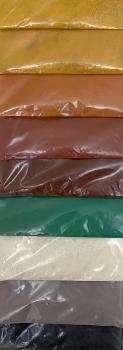
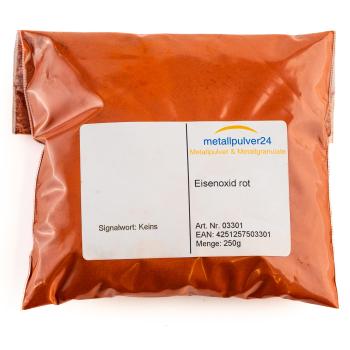
.jpg)
.jpg)
